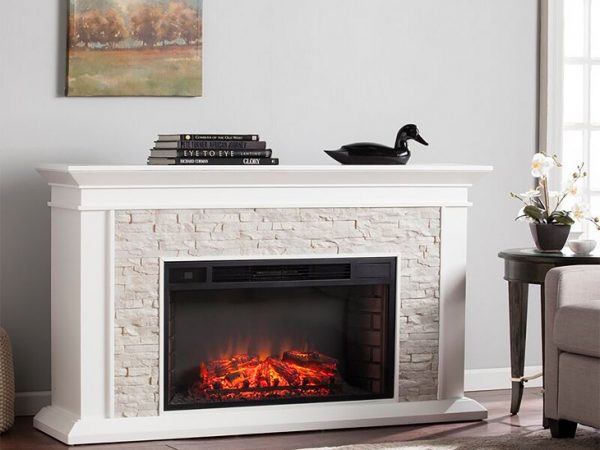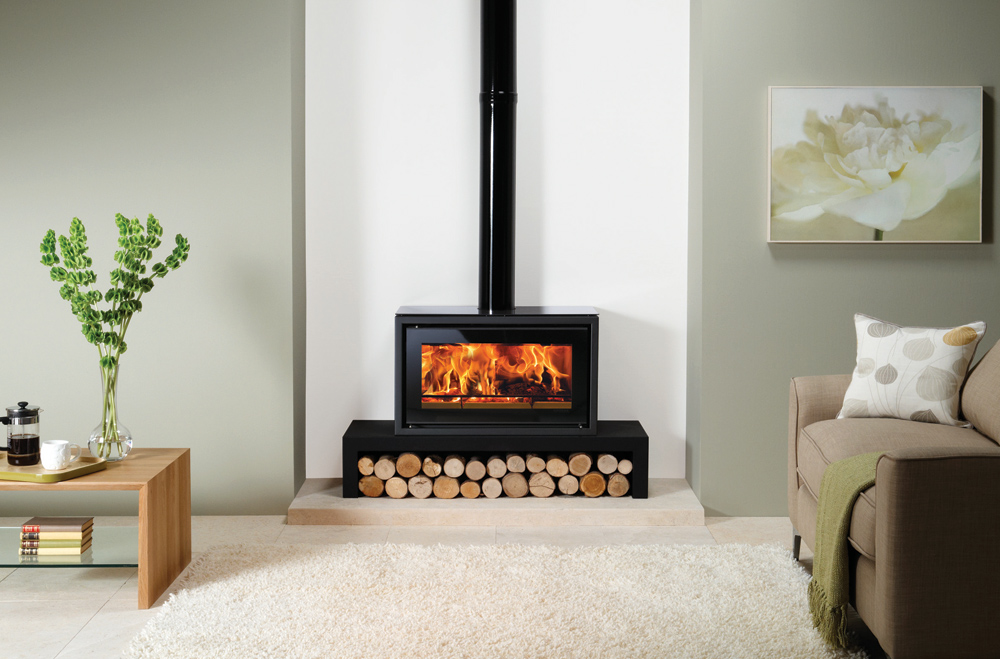05
May

Wood heaters are a great way to keep you warm in winter while surrounded by a rich, heart-warming natural energy source unlike any other. Aside from its charm, as the cost of electricity and gas rises, woodfire has become a more cost-effective option and a great source of sustainable, renewable energy. Since buying a wood heater is a significant investment, to help you in the process, we created a basic guide to hopefully transform your home into a warm, comfortable living space in the winter.
Your style preferences matter greatly when choosing the right heater for your home. Since wood burning fires are often centrepieces of living spaces, you might want to purchase one that complements your home décor. Indoor wood heaters typically come in modern mainstream, traditional simplicity, rustic charm and sleek style. However, to help you enjoy your outdoor space even in winter, external wood burning fires can now be free-standing and inbuilt.
Wood burners with built-in heaters are a modern, energy-efficient alternative to an open brick fireplace. Instead of the heat being channelled through the chimney, this heater allows you to enjoy a warm room. If your home already has a brick fireplace, you can easily upgrade it with this modern type of wood burner.
On the other hand, if you want the look of a built-in fireplace but don’t have one, a zero clearance heater is a good option. With a zero clearance box, you can quickly transform any blank wall with minimal structural impact, allowing you to build within a combustible wall or framework. This allows you to position your heater as the focal point of your room while still maximising heat distribution and airflow.

A free-standing wood heater is ideal if you don’t already have a fireplace. In terms of design, free-standing wood heaters have come a long way from the classic old-fashioned wood stoves. You can opt between modern, sleek, rustic, or traditional free-standing heaters to create a cosy focal point for your living space with very little structural work involved in the installation.
It’s critical to determine your home’s size, space, and layout before deciding on a wood heater. For instance, If your home is well insulated, or if you plan to use other types of heating appliances in addition to a wood heater, a powerful heater may not be necessary.
The convection type of wood burner features an air cavity placed between the firebox and the outer skin. The air in the cavity heats up, expands, and rises as the wood burns. The heater’s convection outer casing then draws in more air from the bottom, forcing the warmed air out of the top.
A good convection heater that burns cleanly can produce over three cubic metres of heated air per minute. As a result, convection heaters are ideal for a wide range of room sizes and homes with standard ceiling heights.
Radiant wood heaters, unlike convection heaters, expose all sides of the firebox. This allows the heater to emit heat at a consistent rate. Radiant heaters are ideal for heating homes with high ceilings and large open spaces, such as extended living areas or open-plan homes.
If you want to enjoy the warm, soft heat of a wood fire without the hassles of splitting and stacking wood, wood pellet heaters are a great option. It produces a constant heat output without peaks and troughs, making it ideal for small to medium-sized rooms. Pellets, rather than firewood, are an energy-efficient, clean, convenient, and environmentally friendly option. Pellets made from dense recycled sawdust are burned in this heater.

Catalytic wood burners that use a catalytic combustor to reduce emissions had a bad rep when they first came out in the 1980s. These early, shoddy wood-burning stoves were difficult to start and used catalytic combustors that fouled and failed after only a few seasons.
However, these issues are eliminated in modern catalytic heaters. The majority of catalytic wood heaters on the market today are significantly cleaner and more efficient than their non-catalytic counterparts, and catalytic combustors can last for ten years or longer.
Some new wood heaters come with smart features that make them easier to start, control your burn remotely, and even protect your family from chimney fires. Purchasing wood burning fires with these latest features allows us to do a little less work and have a lot more peace of mind as you grow older. Although smart heaters are often more expensive, they are usually well worth the extra money.
Many first-time buyers have the instinct to buy the largest heater available. Many heaters for sale have large fireboxes, ranging from 3 to 5 cubic feet, and consequently high heat outputs. However, with modern insulation and the supplemental heat that most houses now have, these are usually unnecessary.
Wood burners are space heaters that are best used to heat a single room in your house. For instance, when heating a space of 1,500 square feet, a wood stove with a firebox of 1.5 to 2 cubic feet and a maximum heat output of 50,000 BTU/hr is recommended. Moreover, you’ll want a wood stove with a firebox between 2 and 2.5 cubic feet and maximum heat output of around 70,000 BTU/hr if you’re heating a larger space, up to 2,500 square feet.
The installation process is the next important consideration after you’ve decided on the ideal heater. Wood heaters must be installed following Australian Standard AS/NZS 2918, manufacturer’s instructions, and local building codes. Even if some aspects of installation appear simple, such as installing an insert heater in an existing fireplace, it is strongly recommended to hire a qualified professional to get the job done!